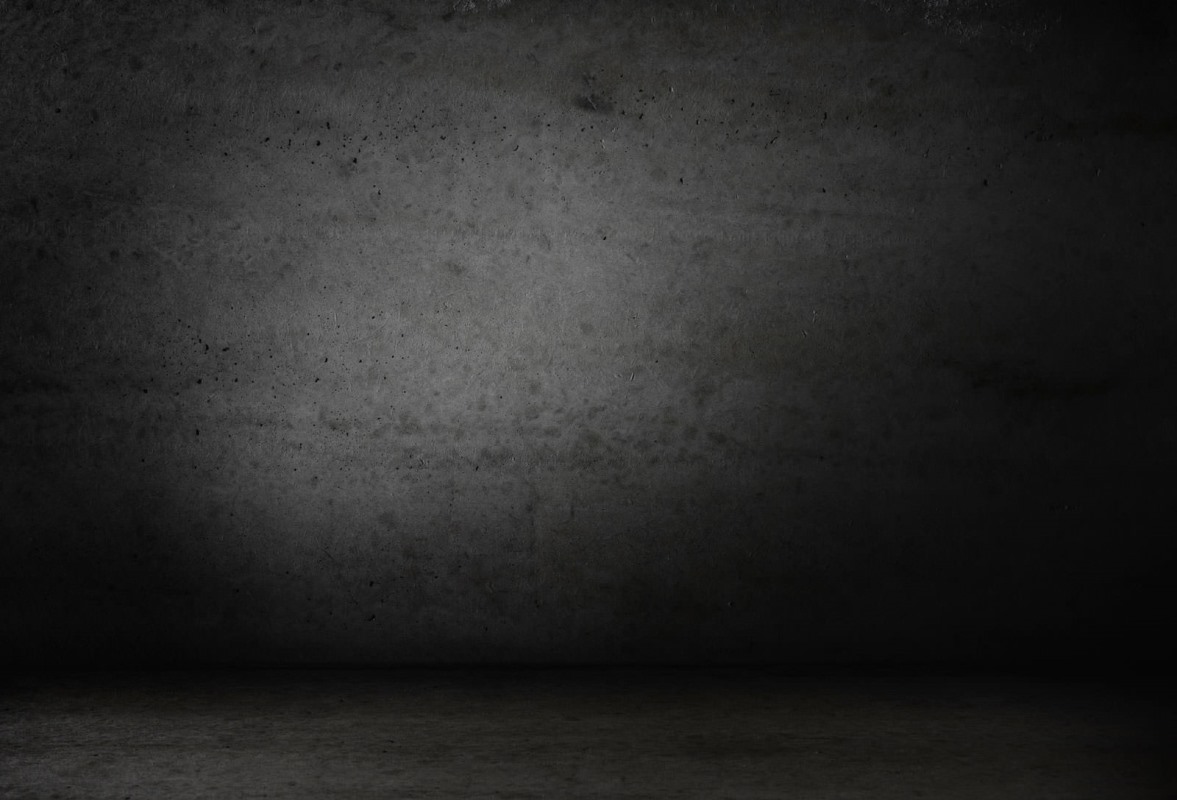

The première of his string quartet was scheduled for the winter of 1893.
December was a particularly harshmonth. The fountains in the gardens had
frozen, and the blades of the Montmartre windmills were paralyzed by ice.
The thermometer read 13 degrees below zero. In November, Debussy had
traveled to Belgium to meet the musicians of the Ysaÿe Quartet. He was
counting on them to perform his new score. He knew their talent, their
reputation. It could only have been positive for him. Getting them to agree
was already a first triumph. But he was worried about the critics—he knew
them to be virulent—as well as the conservatory professors, who were often
overly attuned to an academic viewpoint. He tried to appear detached, but
he was overcome by anxiety as he walked through the cold to the Société
Nationale de Musique, where the Ysaÿe Quartet was rehearsing. After all,
hadn’t the
Suite Bergamasque
, created two years earlier, received critical
acclaim? He tried to reassure himself, shifting between contradictory states
and waiting impatiently for the concert date.
While the theater slowly filled up, Debussy searched the crowd for a few
friendly faces. A young, well-dressed boy took a seat in one of the last rows.
Debussy recognized Ravel. He was said to have a promising future. With
his closely cropped moustache, handkerchief carefully folded and worn
with every outfit, from tweed jacket to overcoat, flannel pants to tuxedo,
Maurice Ravel was, as usual, decked out in the latest fashion.
TALICH QUARTET 27

















